When the Irish community that gave Davenport’s Cork Hill its name outgrew their first church on this site, they hired (who else?) the Midwest’s preeminent Irish-American ecclesiastical architect to design the replacement, the Cork-born James J. Egan. Sacred Heart Cathedral embodies layers of Davenport: standing on stolen Sauk land donated to the parish by the Métis trader who founded the city, Sacred Heart grew into the largest Irish Catholic parish in the city, and today is home to a diverse congregation with weekly Mass held in English and…Vietnamese!
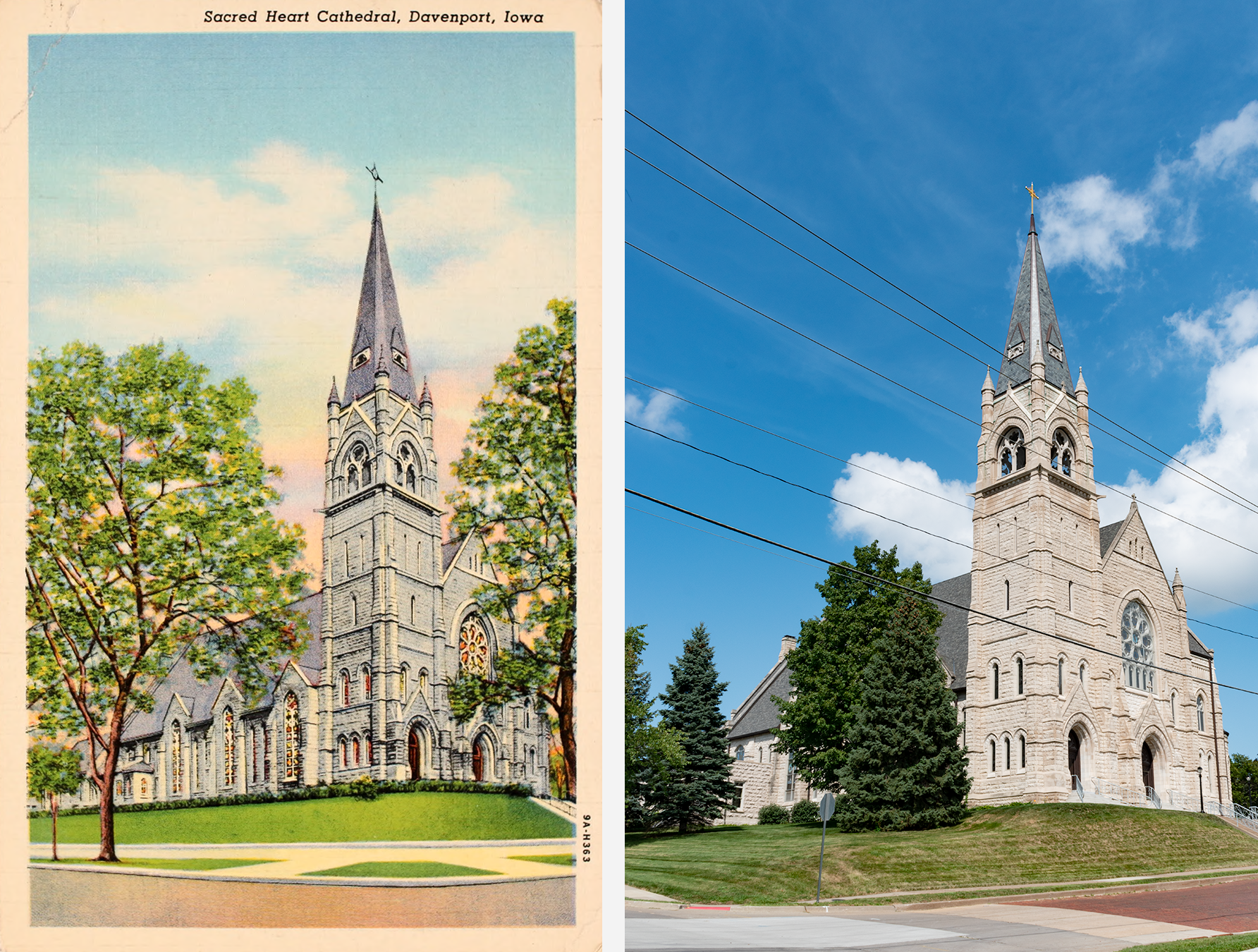
Originally known as St. Margaret’s, the first Catholic church here went up in 1856. Built on land donated by Antoine Le Claire, the founder of Davenport, the parish was named after St. Margaret to honor his wife Marguerite.

Both born to one French-Canadian parent and one Native parent (Pottawatomie for Antonie and Sauk for Marguerite), the Le Claires illustrate the overlapping and sometimes conflicting identities of the Métis in the U.S., as white settlers, backed by the guns and logistics of the federal government, forced out one of their parent cultures.
Not only a trader, Antoine Le Claire spoke a dozen Native languages and worked as an interpreter. He translated for Colonel Davenport ordering the Sauk off Saukenuk (Rock Island). Le Claire also served as an interpreter for the Black Hawk “Purchase” in 1832, negotiated with its namesake imprisoned after the Bad Axe Massacre, where soldiers slaughtered hundreds of fleeing Sauk and Meskwaki noncombatants, and which forced the two tribes to relinquish another 2.5 million hectares and give up their rights to plant, hunt, or fish on the land. He even translated the memoirs of the famous Sauk warrior, in which Black Hawk lamented, “What right had these people to our village, and our fields, which the Great Spirit had given us to live upon?”. Navigating those situations as a Métis man strikes me as impossibly complex. Antoine Le Claire grew quite wealthy.
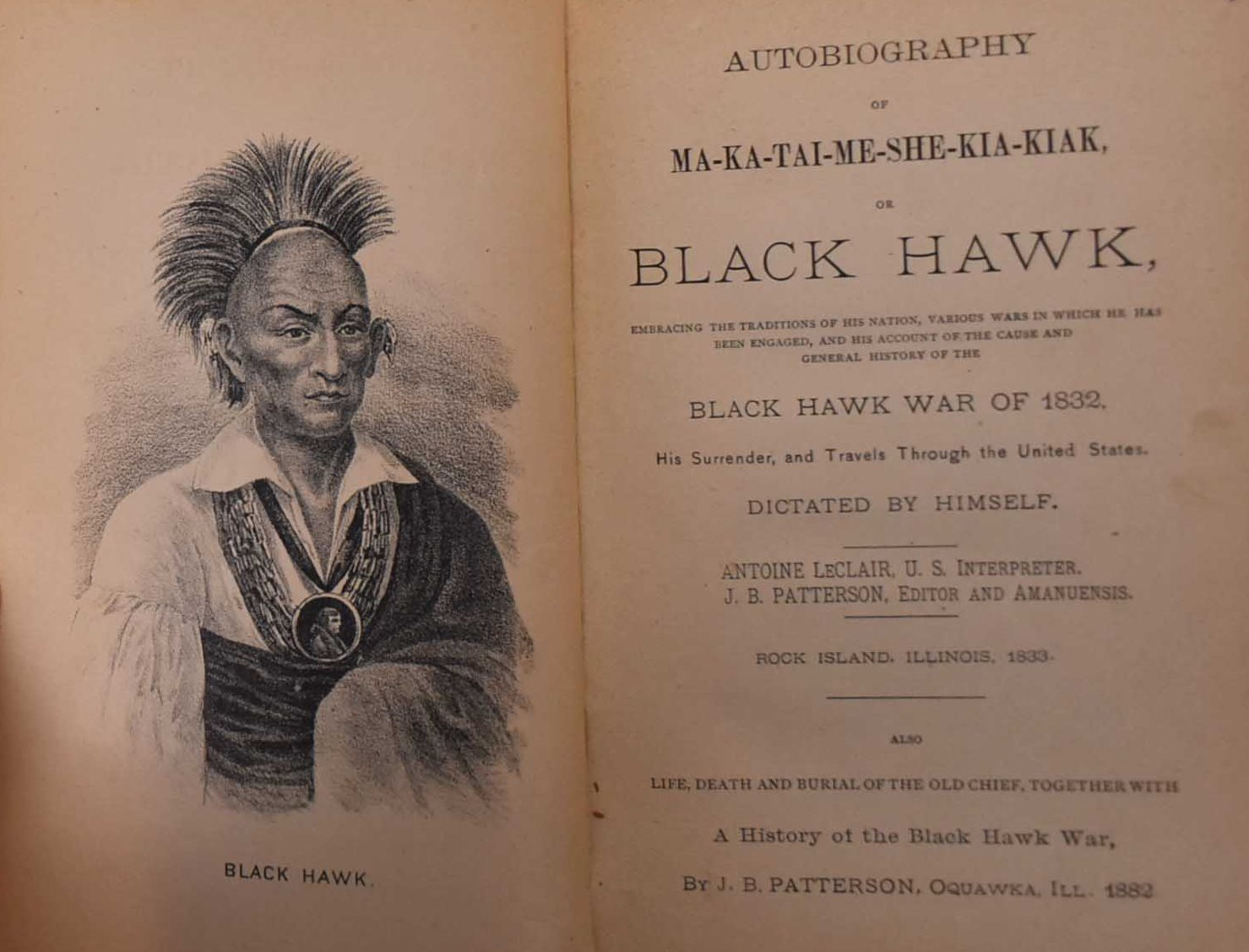
In the early 1880s the Archdiocese of Dubuque chose Davenport as the See city for southern Iowa, with its cathedral to be at St. Margaret’s - but that meant they needed a church that played the part. In 1889 they decided to build a new cathedral on this site, and the Bishop suggested it be renamed Sacred Heart.

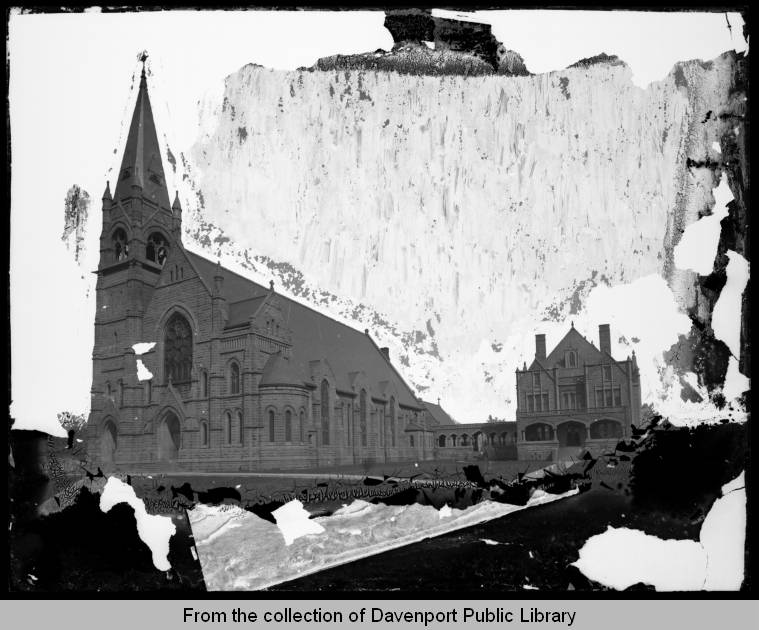

Designed by James J. Egan, a Chicago-based Irish architect, this imposing gothic revival cathedral was the tallest building in the Quad Cities when it was completed in 1891. A prolific designer of Roman Catholic churches from the 1880s into the 1900s, Egan’s firm cleaned up in Iowa - besides this one, they built churches in Des Moines, Clinton, Burlington, and Keokuk, and renovated St. Raphael’s in Dubuque.
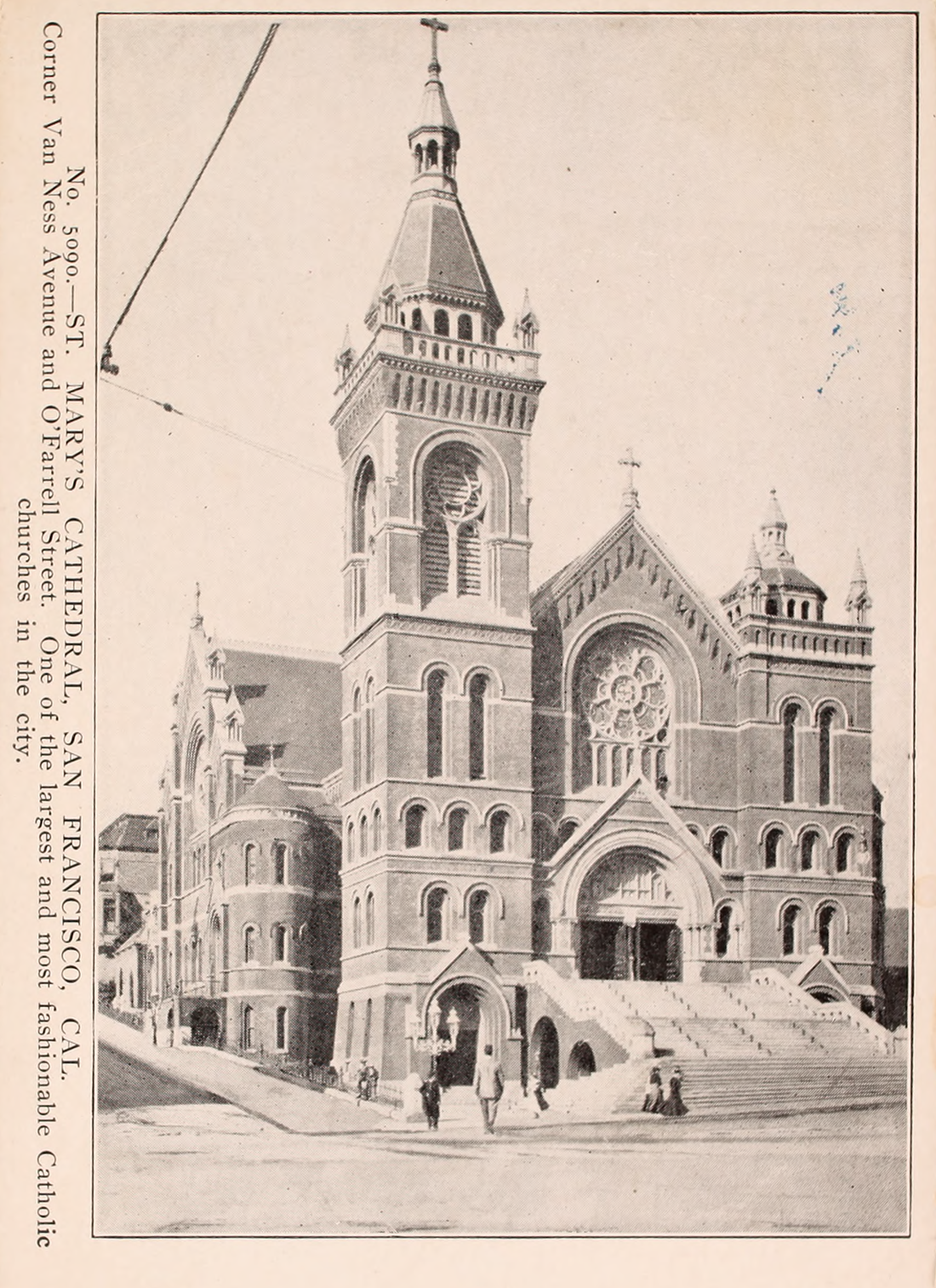
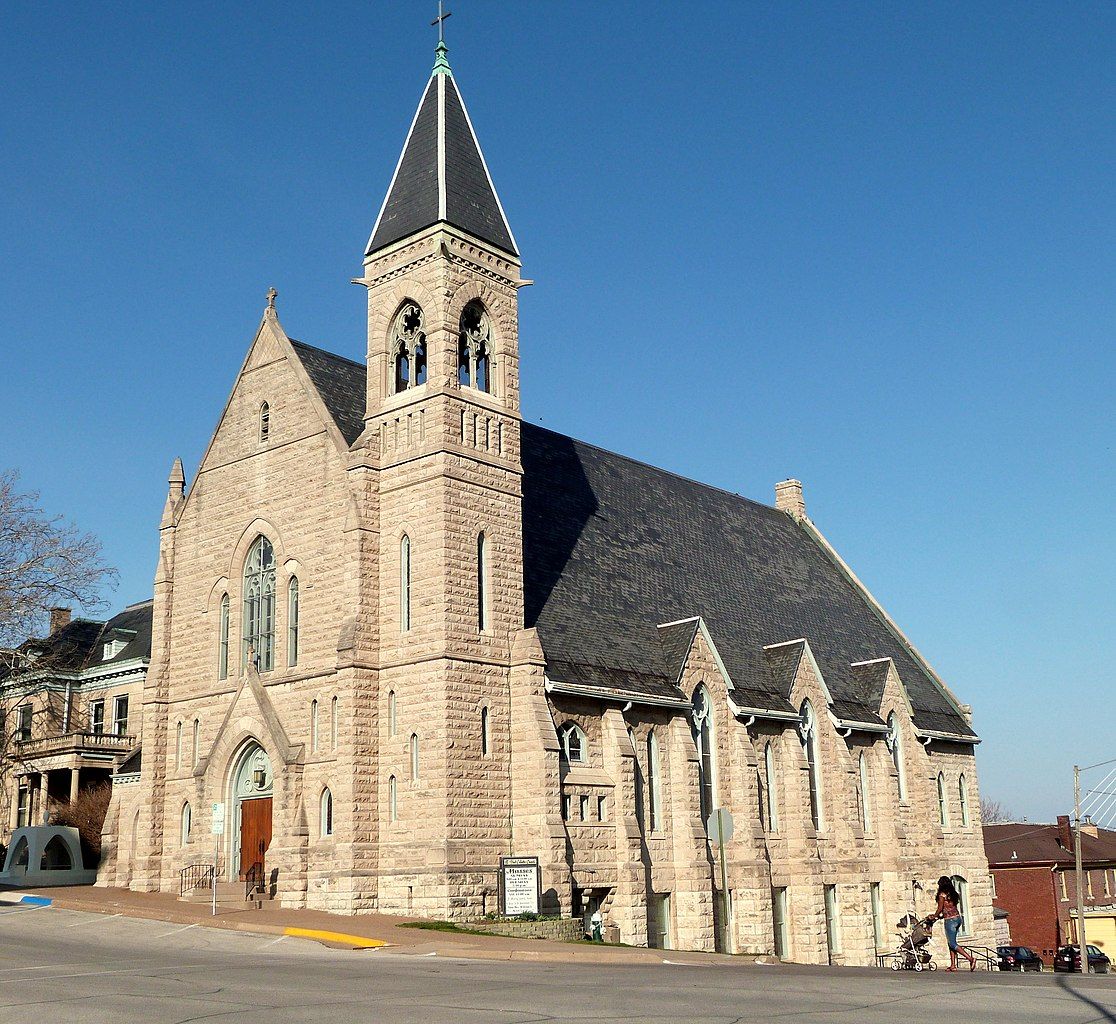
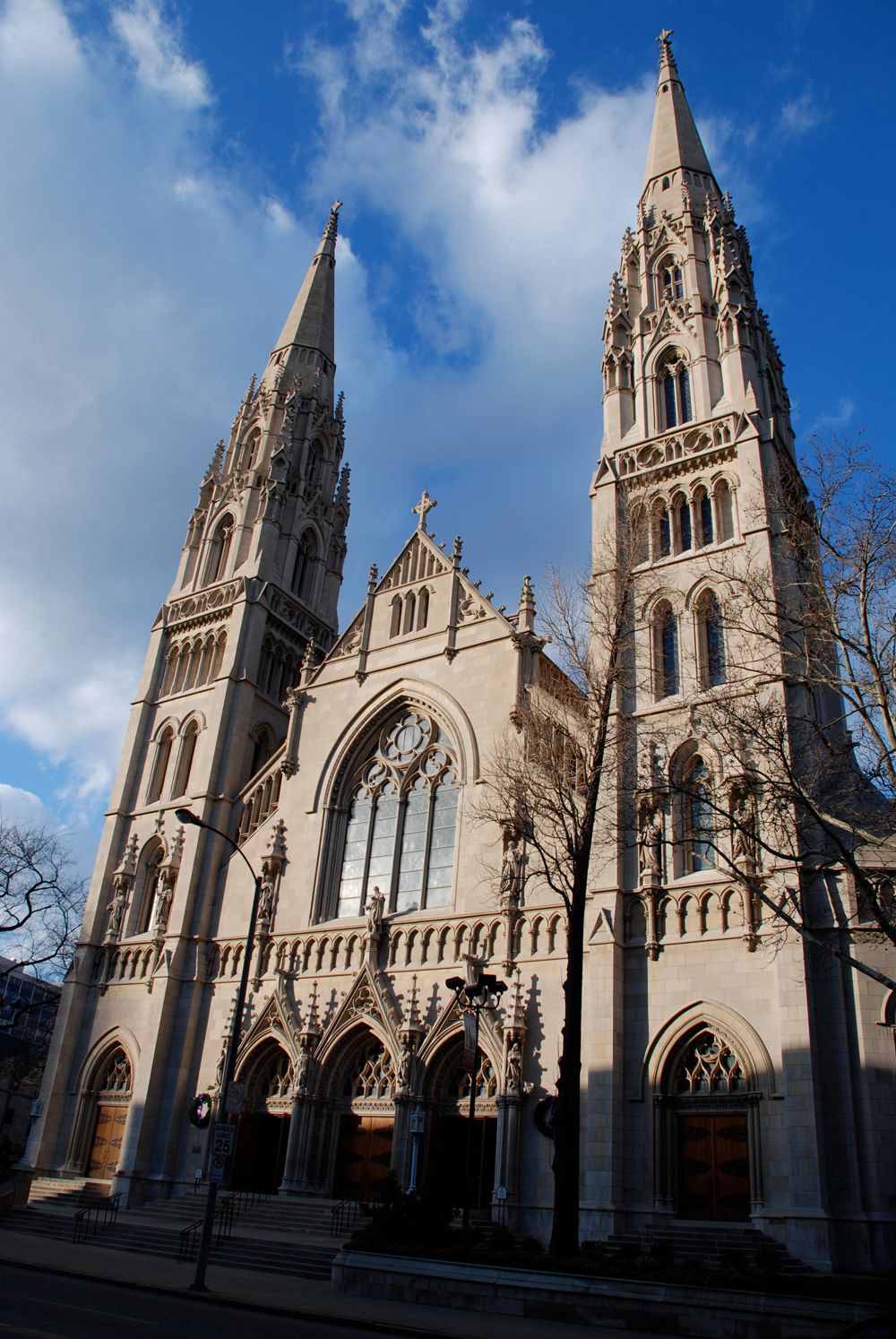
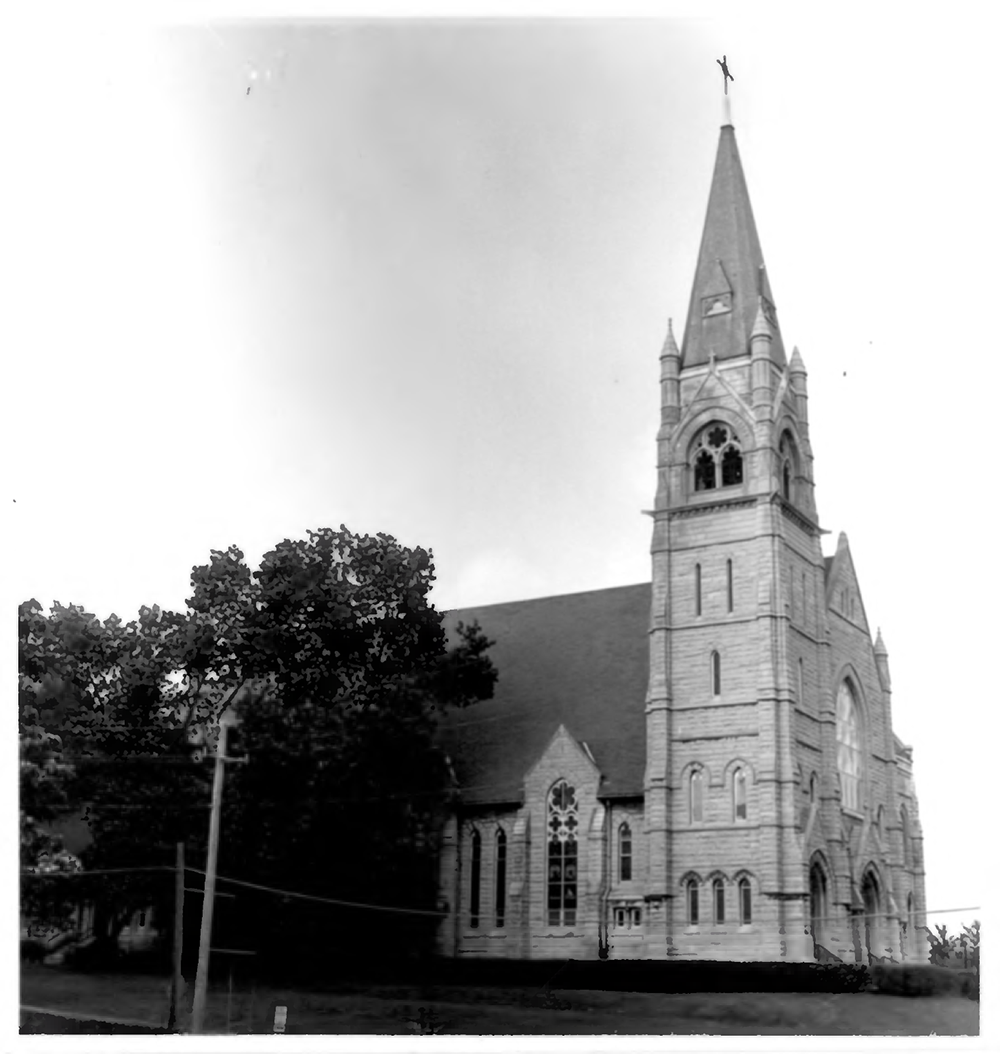
The building was damaged in a fire in 1928 after a lightning strike and a 1990s renovation gussied up the interior, but in general the building appears to have aged gracefully. The congregation has also adapted to the changing demographics of Davenport’s Catholic community - the formerly Irish Catholic Church on Cork Hill welcomed a large influx of Vietnamese Catholics in the early 2000s and now performs a weekly Mass in Vietnamese.
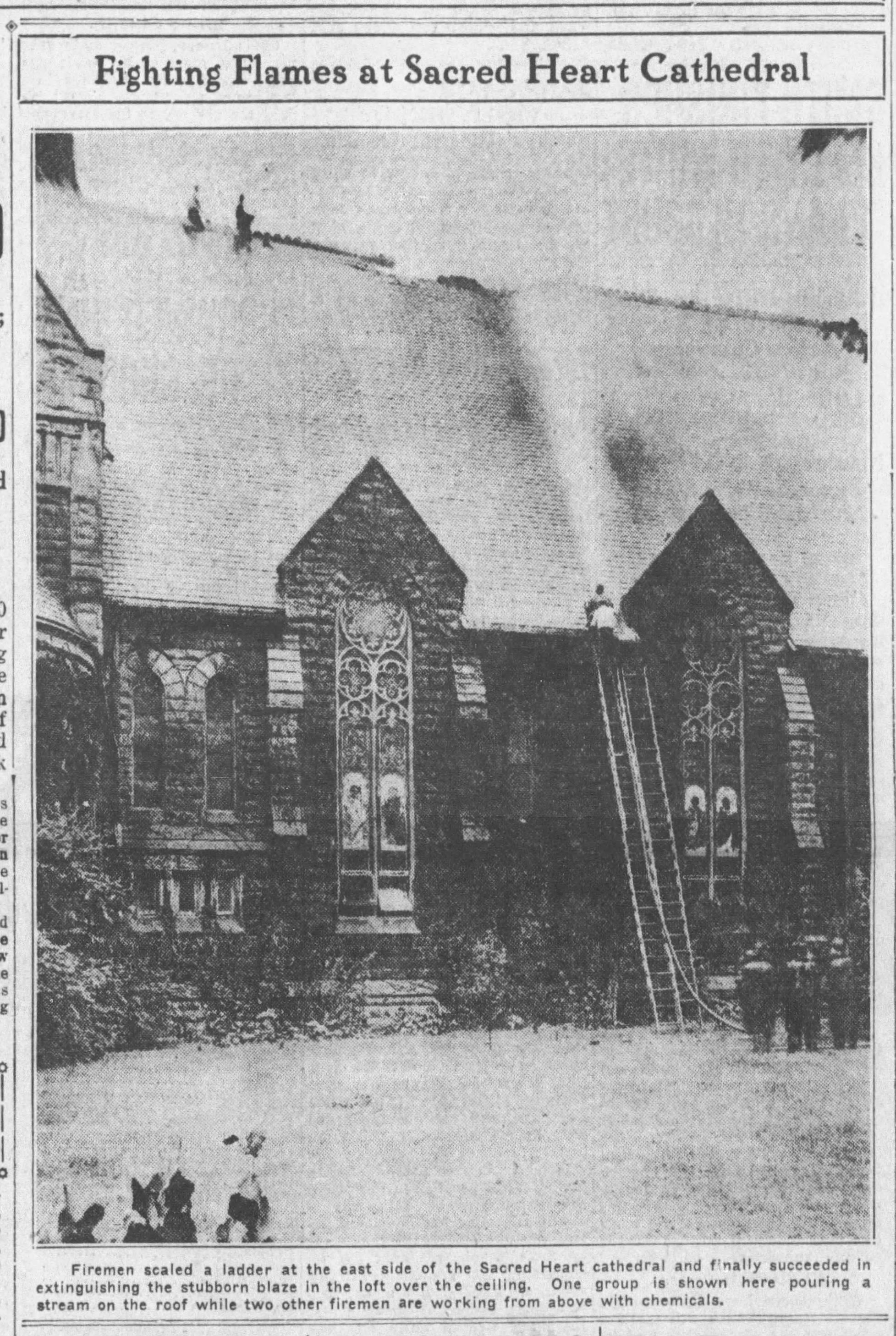
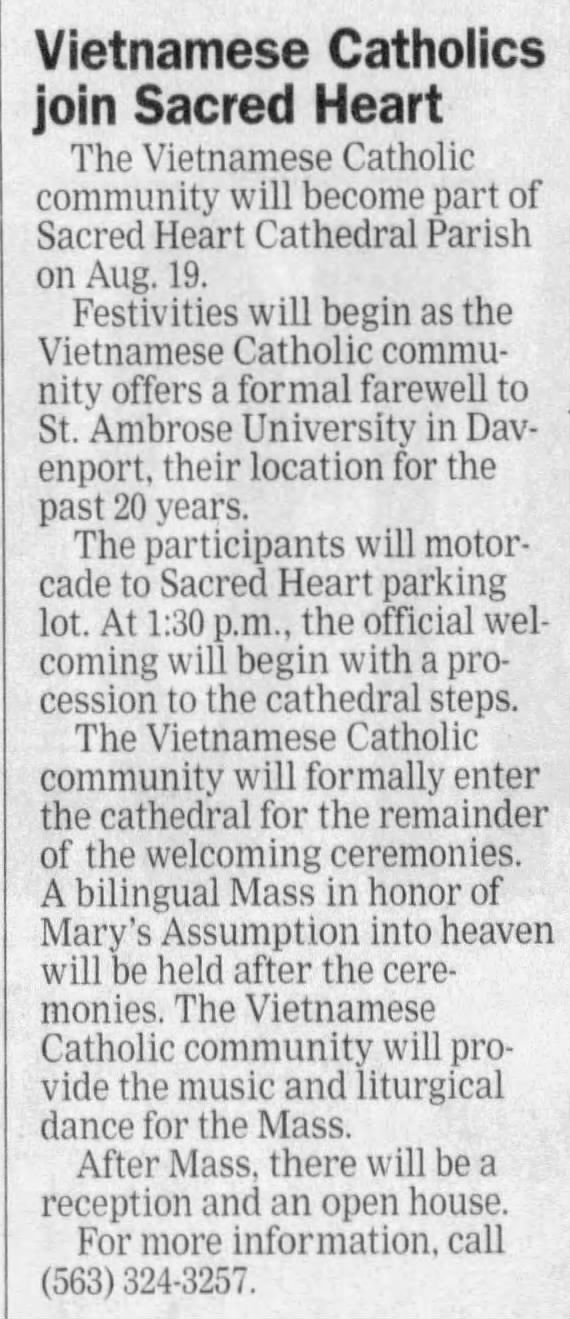
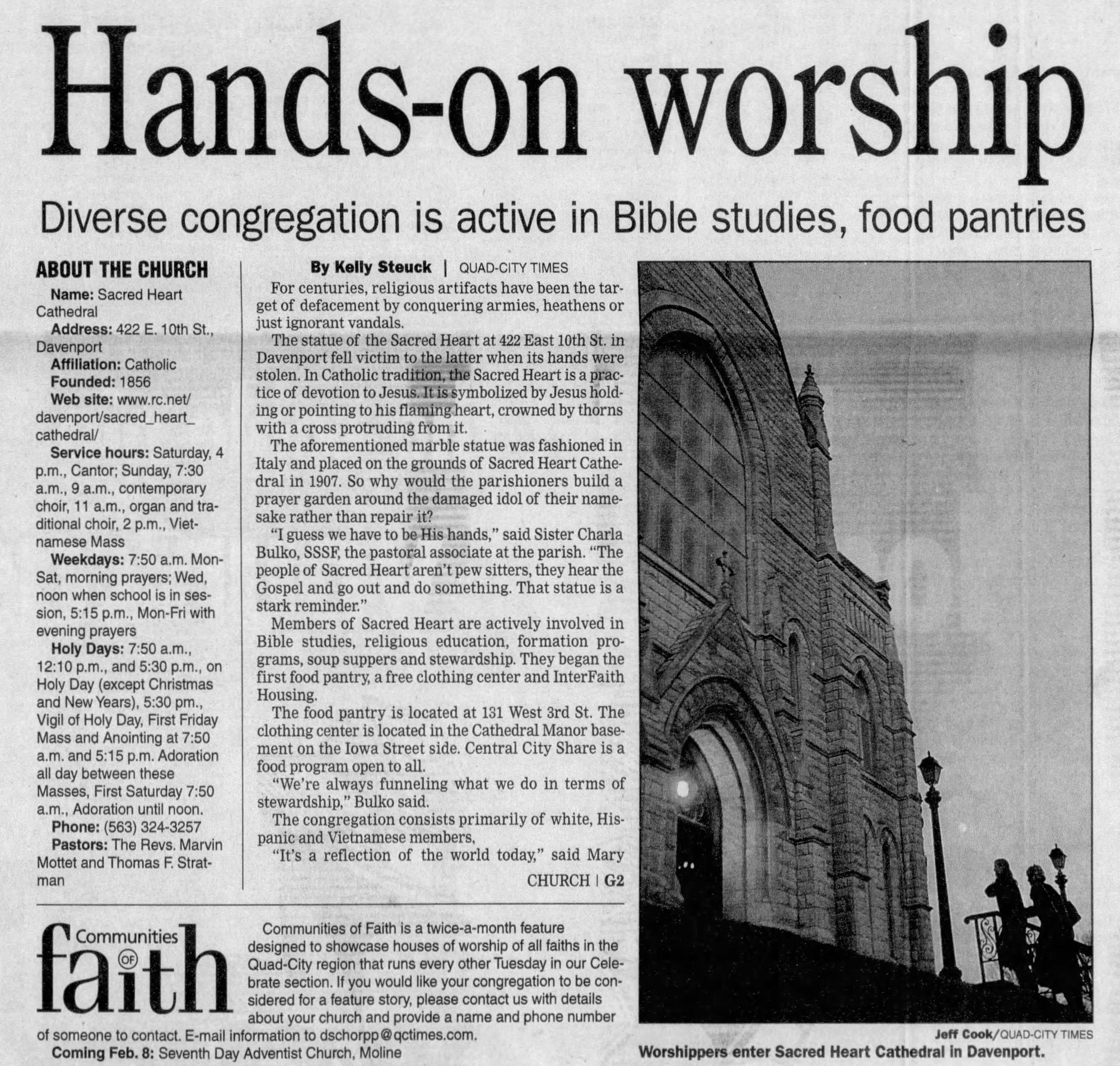
Production Files
Further reading:
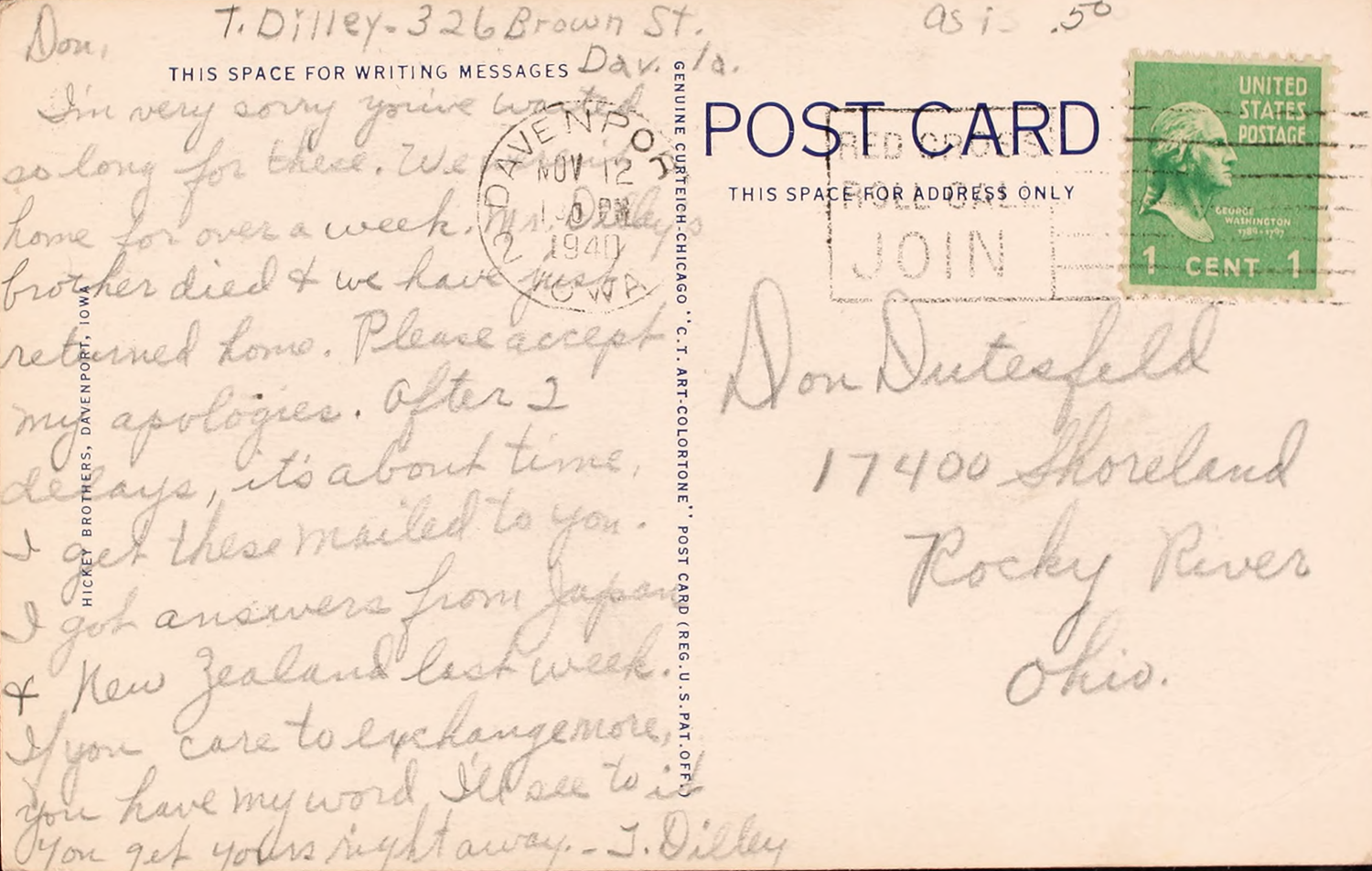

Member discussion: